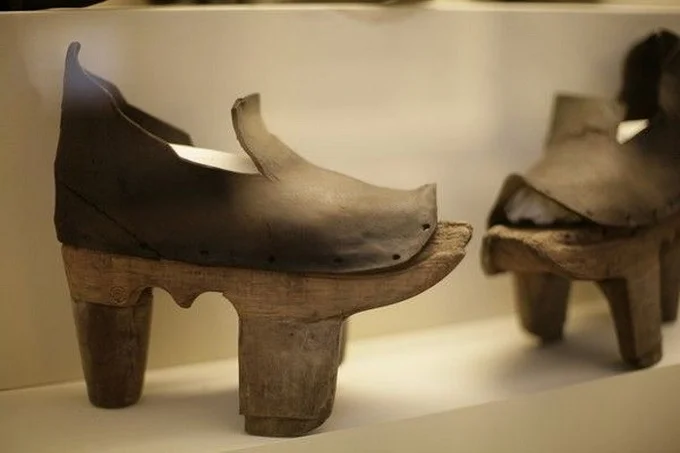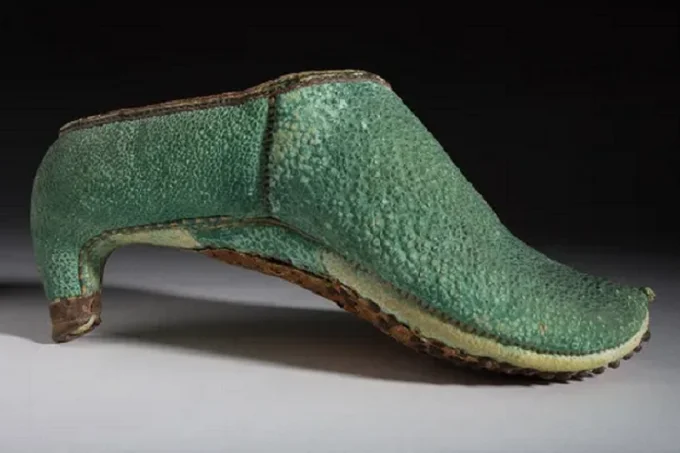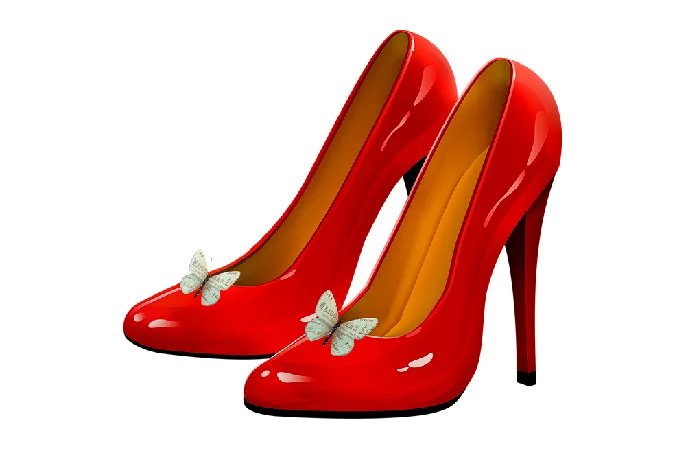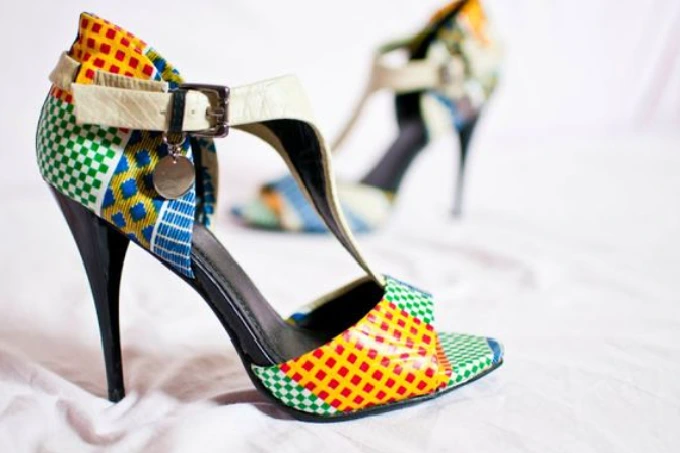History of high heels: from Persian riders to the Beatles

Having learned that it is customary to wear shoes with high heels for the sake of beauty, and even among women, some Persian horseman a thousand years ago would have been very surprised. But Louis XIV would have been indignant if he heard that someone dares, contrary to his order, to walk in red high heels.
Most likely, a Venetian courtesan would understand: who better than her to know how dangerous for health and even life this desire to feel at the top can be.
First high heels and platforms
If you delve into the past in order to find out the history of the heel, it becomes clear that the purpose of this part of the shoe at first was extremely practical. Most likely, already in the distant past, a device was invented to rise higher above the surface of the earth – for example, so as not to get your feet dirty in the soil during rural work. But it was precisely the heel, as a vertical support for the heel, that became known thanks to the Persian riders: with the help of such shoes, it was easier for them to stay in the saddle.
Thanks to the heel, the foot did not slip out of the stirrup. Since the heel was small and wide, it did not interfere with walking. Of course, men wore such shoes – starting at least from the 10th century. The Europeans of the Middle Ages used not heels, but platforms – a very useful thing: they allowed walking along the streets of cities, which, to put it mildly, were not clean.
In the 15th century, Venetian women wore chopins–platform shoes. There is nothing pragmatic here: aristocrats and courtesans set themselves the goal of rising above others with the help of this simple device.

The latter also took advantage of the fact that high platform shoes made a woman dependent on male support – in the literal, and sometimes in the full sense of the word. The flip side of the coin was instability while walking – it was common for a woman to fall and even get injured: the height of the platform was more than 20 and could reach 60 centimeters.
To get the latest stories, install our app here.
Heels as a sign of belonging to high society
The French queen Catherine de Medici, an Italian by birth, went down in history on a variety of occasions and was, of course, a person worthy of mention in European chronicles. She also introduced the royal court to women’s high-heeled shoes, appearing in them at her own wedding ceremony.
Catherine was short in stature and thus won back a little this backlog from others. However, it cannot be said that it was with her that the era of the popularity of heels among European fashionistas began. At that time, the fashion quickly died out.
But at the beginning of the 17th century, when everything oriental became popular in the Western world, the finest hour came for men’s heels. Persian riding shoes fit perfectly into the wardrobe of French aristocrats, who themselves could afford to ride in the saddle.
In addition, Louis XIV especially liked heels, and it is known that in those days, to please the sun king meant going down in history and becoming mainstream among the entire aristocratic public. Louis was happy to wear high shoes, and after him his entourage.
This privilege applied only to the nobility by order of the monarch: commoners were not allowed to wear heels. And only for himself, the king reserved the right to wear red heels, forbidding the courtiers.
Red, a royal color in itself, also demonstrated that the owner of such shoes could afford to lead an appropriate lifestyle – without being afraid to stain shoes of such a bright color. Heels, which first captured the minds of male fashionistas, soon became the property of women too.

Heel lovers club: witches, cowboys, rockers, and more
Men wore wide heels, women wore thin ones, a distinction that dates back to the 17th century and has held true for centuries. The female heel fell into disgrace in 1770 – wearing such shoes was equated with the use of cosmetics, and all together – with witchcraft, which was completely undesirable for a decent woman and led to the most severe punishments.
True, these measures did not destroy the interest in women’s shoes with heels (as well as in decorative cosmetics), moreover, the end of the 18th century had a negative impact on “male” heels: after the French Revolution, they went out of fashion.
Later, heels were associated mainly with women’s shoes, but there were exceptions: for example, those associated with cowboy boots. Another common option for men’s shoes with heels were those that were intended for dancing – primarily for Spanish flamenco.
By the way, already from there, adherents of other musical genres adopted these shoes – for example, the Beatles and some of the rock performers of the 20th century.
Women’s heels became especially popular with the invention of sewing machines, which made it possible to reduce the cost and simplify the process of creating such shoes. It happened in the second half of the 19th century.

During the First World War, and then the Second, the production of heels was reduced – not before and too costly in terms of materials, but from the middle of the last century, in the post-war years, a real boom in shoes with heels began. They began to wear a thin and high heel – a hairpin, not known to fashionistas before.
Shoes, of course, strive to be as comfortable as possible and even invisible to their owner, but it does not seem that high heels have ever lost their positions. They are an integral part of the shoes of performers of many types of dances, part of some dress codes, and even participants in events like a heel race – it happens.




